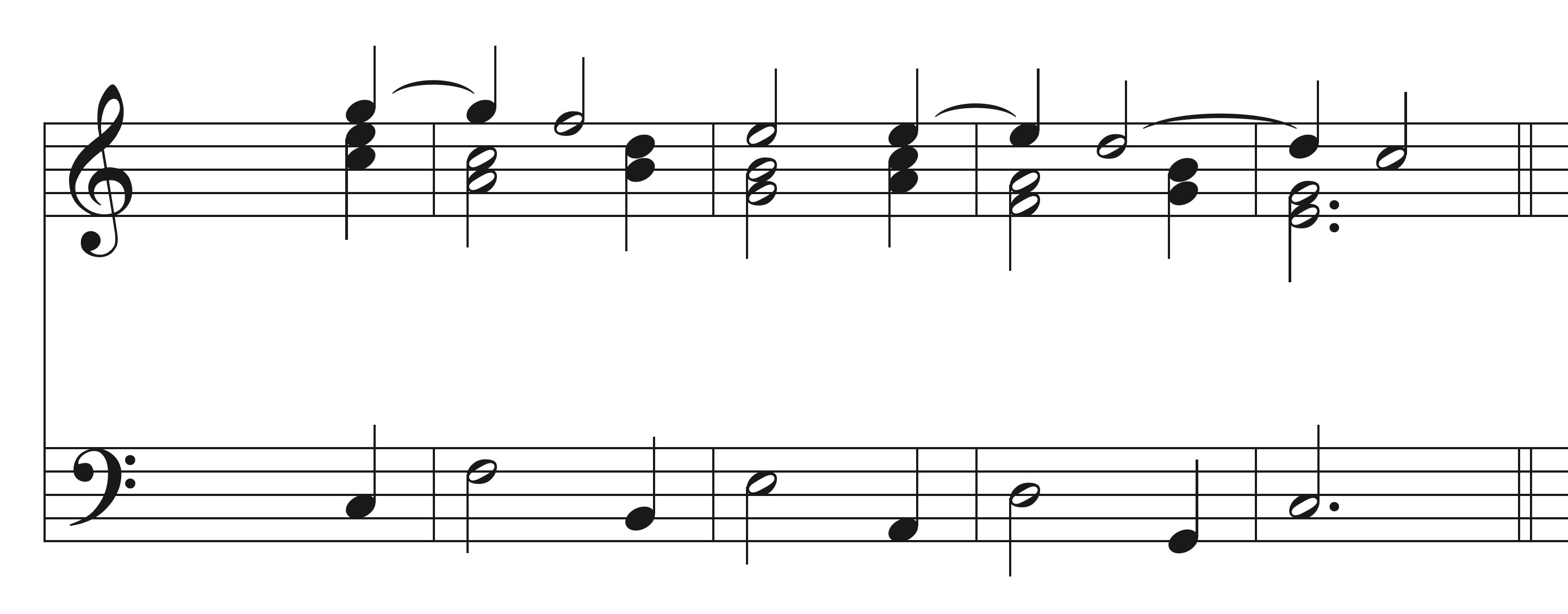Ornamental or non-harmonic tones are discussed here in relation to chords and chord progessions. Their origin however lies in older contrapuntal music from before the era of major minor tonality; modal polyphony.
Neighbouring tones:
- are found on a weak beat, relative weak beat or weak part of a beat
- leave a tone stepwise and then return to it
- can be ascending and descending
- can be diatonic and chromatic



Passing tones:
- are found on a weak beat, relative weak beat or weak part of a beat
- make a stepwise fill between two different tones
- can be ascending and descending
- can be diatonic (filling a third) and chromatic (filling a major second)


Suspensions:
- are found on a strong or relatively strong part of the measure
- are prepared as consonant
- become dissonant on the strong or relatively strong part of the measure
- resolve stepwise (in older music mostly descending, later in history also ascending)

Appoggiaturas:
- are found on a strong or relatively strong part of the measure
- enter freely without preparation
- resolve stepwise (in older music mostly descending, later in history also ascending)

example with double apoggiatura and anticipation




